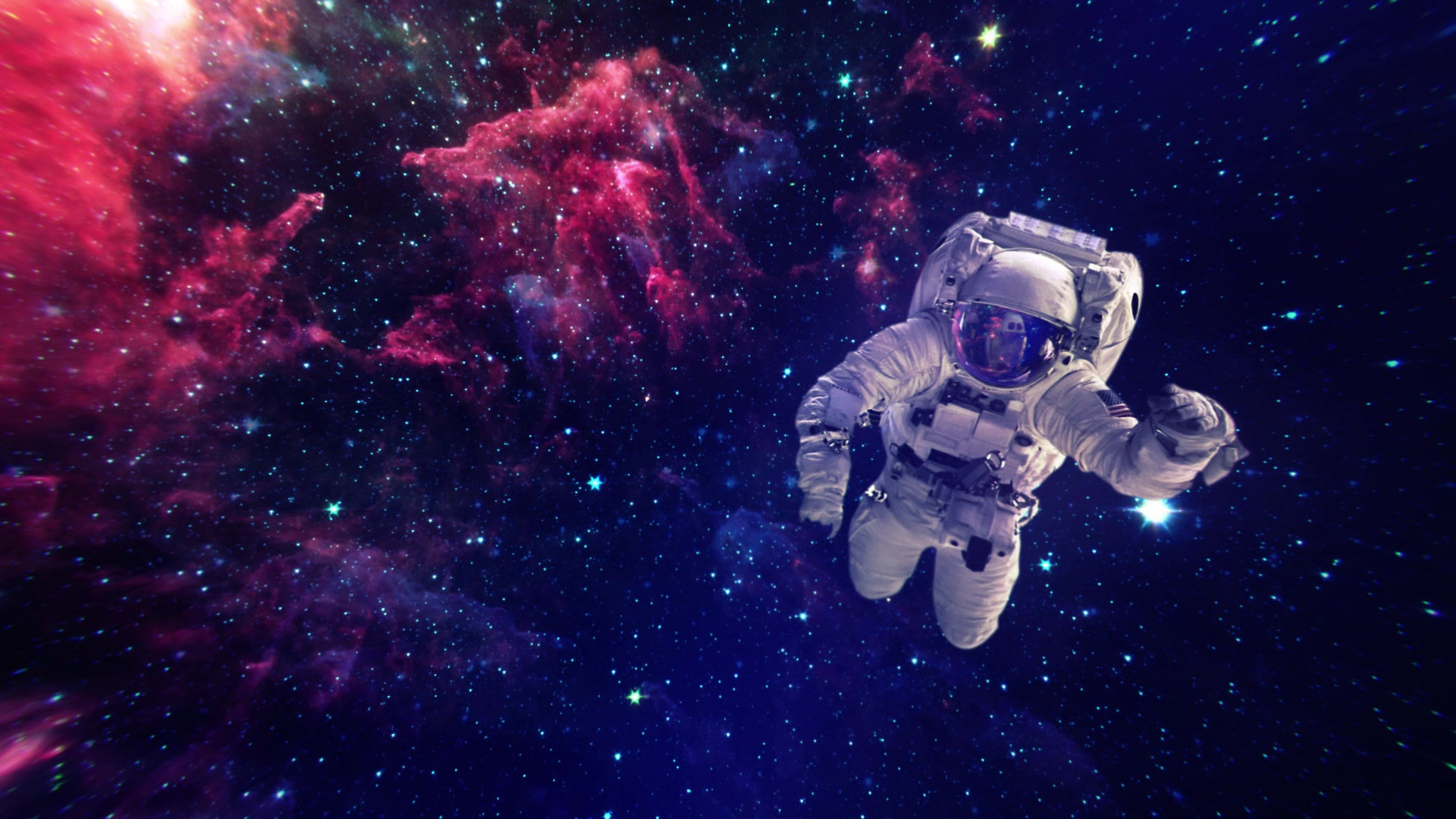
Main Sequence
A star spends the majority of its life on the main sequence. Here it has reached a stage of hydrostatic equilibrium, the stage when gravitational contraction balances with pressure expansion. The core has now been fusing hydrogen for quite some time, and still has plenty left to go. This allows the star to maintain a steady luminosity, and every so often eject heavier elements it has formed in its outer layers, out into the ISM through solar flares.
It is estimated that about 90% of the stars in a galaxy, are on the main sequence. From this we can predict that most of the observable mass in a galaxy is trapped within main sequence stars. It is also worth noting that most main sequence stars as low mass stars, i.e. between a half and three times the mass of our sun. However, these stars are not as bright as their larger brethren and thus can be obscured by high mass stars and giants. Small stars do get brighter as they age, hence the sun is getting brighter every year.

As the star begins to run out of hydrogen to fuse, it will begin to collapse under its own gravitational forces. This is because the pressure being supplied by the fusion process is dwindling. At this point the star will enter the next stage of its life and become a red giant.
